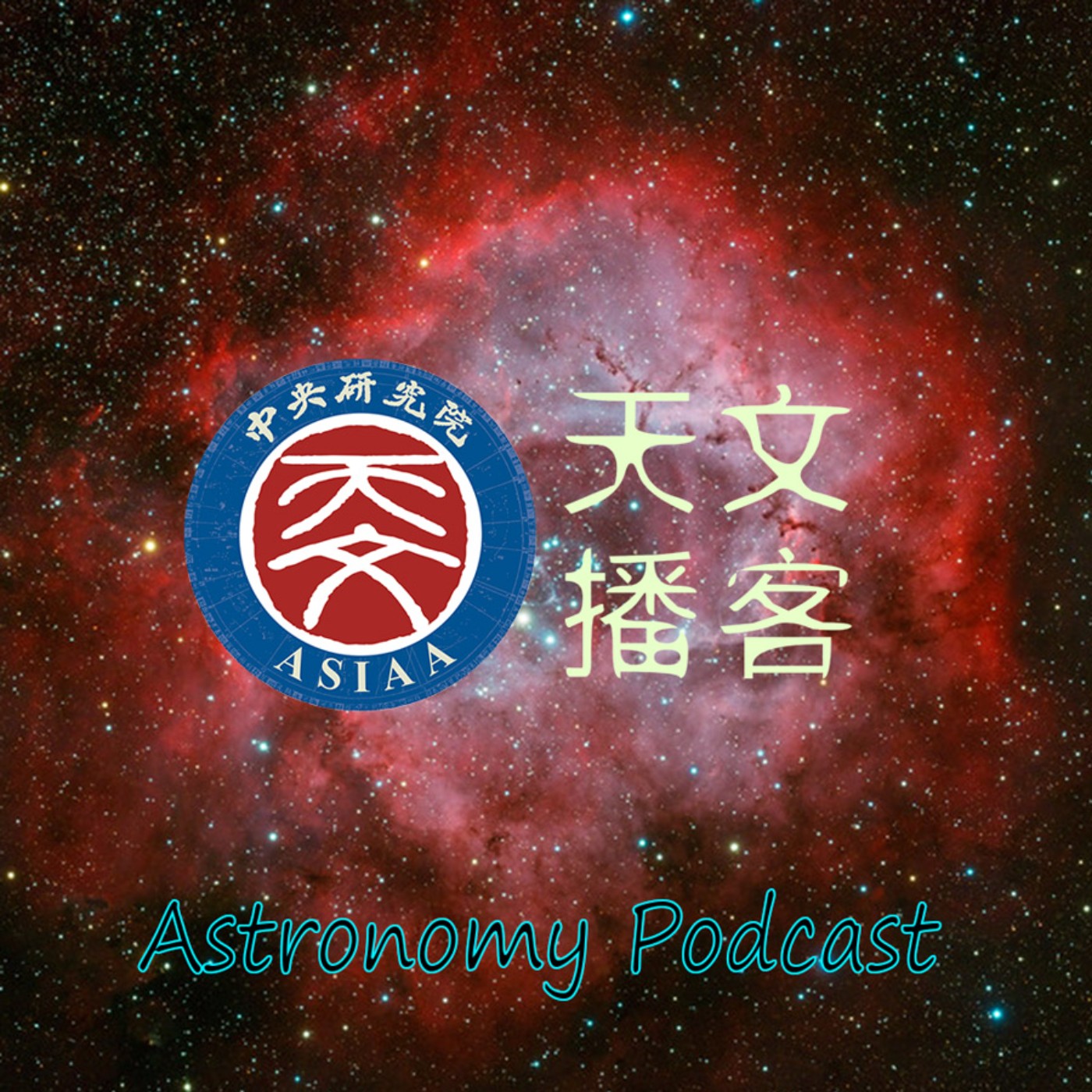星塵! Stardust!
Description
數月之後,隨著一座最新太空望遠鏡的發射升空,由天文學家精心設計的觀測計畫也將在離地球150萬公里的太空中開始付諸實踐,到底會發現什麼?仰望星空,令人引頸期待。其中的一份觀測計畫,是來自臺灣中研院天文所博士後研究 Dr. Sascha Zeegers(諸葛沙夏)團隊的提案。
本集節目中,沙夏要告訴我們,她為什麼醉心投入宇宙塵埃這個研究主題、她的期待與展望;不可少的,也聊一下這個大家已經等了20年的韋伯太空望遠鏡,可以用來做什麼。
本集內容為英語。
背景音樂由 audionautix.com 提供
Transcription:
Welcome to the Astronomy Podcast produced by Academia Sinica Institute of Astronomy and Astrophysics
I am show host of today, Lauren Huang. And, we are having our postdoc fellow Dr. Sascha Zeegers here with us. Hi, Sascha, we know that a space telescope is going to be launched into the space later this year, and, you're one of those who got the observation time to use it. Would you please explain for us what is this telescope aiming to do?
Thank you Lauren.
So the James Webb Telescope, which we also call JWST or Webb for short, will be the largest telescope that we ever send into Space. The whole telescope will be roughly as large as a tennis court. The mirror is 6.5 m in diameter. This telescope will be launched in October of this year. Because it is such a big telescope with very sensitive instruments it can observe things we have never been able to see before. We may be able to observe the atmospheres of exoplanets, look inside clouds of gas and dust and observe how stars are born. We can also look at the youngest, most far away galaxies in the universe and learn a lot more about the history of the universe.
Is it going to replace HST?
So I guess the answer to that is yes and no. We often compare this telescope to the Hubble space telescope, but the two telescopes are actually quite different. JWST is an infrared telescope, so it looks at the universe at a longer or redder wavelength. Hubble is more optimized at the wavelength where our eyes can see and the ultraviolet. This longer wavelength enables JWST to look inside molecular clouds to see how stars are born and it can explore the early universe and the youngest galaxies further. Hubble is still an amazing telescope though and to make our observations more complete over the spectrum we also requested time to observe with Hubble.
How long will this JWST telescope fly…?
We are usually cautious to say what the lifespan of the telescope will be, since we don't exactly know. Things may go wrong, although very often space telescopes operate far longer than expected. Hubble has been flying for around 30 years already.
We think that JWST should be able to operate for some time between 5.5 to 10 years and perhaps longer. It is certainly shorter than Hubble, since the mission is limited by the supply of hydrazine fuel needed to maintain the spacecraft’s orbit. It will also operate much further from Earth (1.5 million km), so unlike what was done with Hubble, we can't just go to the telescope and fix things which are not working properly. That is why people have done long and extensive tests on JWST from Earth.
How many people from Taiwan are involved in the proposals that that got the selected time of this round so there are three proposals from people in Taiwan that got accepted so one of them is someone from another university so not from our institute from ASIAA. But within ASIAA we have two people who are the principal investigator of a project so there are two different projects. And the project I work on and I'm the principal investigator of, there are two other people also working at ASIAA, Jointy Marshall and Ciska Kemper who are also involved in this project. It's called co-investigators.
So, you'r
More Episodes
Published 04/21/22
這裡沒有張惠妹的歌「站在高崗上」提到的綠波海茫茫,在這裡只有黃土茫茫,而且缺氧。
由天文所主導之為阿塔卡瑪大型毫米及次毫米波陣列(簡稱”ALMA”)研發的「第一頻段接收機」於2016年被採用,並已於2021年開始接受訊號,聽聽科學家如何努力的刻服惡劣環境,堅持至今。努力工作時,又看到了哪些有趣的動物呢?且聽分曉。
背景音樂由 audionautix.com 提供
Published 04/21/22
"地球並不孤單,地球/太陽也不只我們這一組。"這情境,現代人都一清二楚,並不稀奇,但哲學家伊比鳩魯和鄧牧,早分別在西元前3百年和中國的元代都已想到過了,那可算是真厲害。至於,製作出一台望遠鏡來放眼向太空瞭望看看,那就比較更近代一點,已經是第17世紀的事了。
中研院天文所的 Dr. Gilles Otten 幫大家整理這段太陽系外行星從哲學走到科學之路。並解說為什麼非要用望遠鏡直接地看到單一行星不可,理由何在?到底有多難呢?目前為止有哪些技術困難已克服?最大的光學望遠鏡現在蓋到哪兒了?何時能啟用?聽說臺灣也有幫忙貢獻,是嗎?
本集內容為英語。
In this episode, Dr....
Published 06/10/21


